Over the last 12 months 563,600 people were injured as a result of a workplace injury.
Workplace injury costs the employee mentally, the organisation financially, and the economy its workforce.
Implemented and specifically designed safety systems will reduce the number of injuries, and ensure your workplace is safe and hazard free. When employees feel safe, the internal culture transforms, which benefits the organisations overall goals and aspirations.
Three major areas that make up the 563,600 are lifting, pushing, pulling or bending, and hitting or being hit or cut by an object or vehicle, and falling from a height.
Lifting, Pushing, Pulling or Bending
These simple actions that everyone completes on a day to day basis, cause 24% of workplace injuries.
These injuries can be reduced by simply identifying the risk during the planning stage of a project. For example, if you are building a platform to service callipers you may want to consider a monorail for easy placement which eliminates manual handling.
The government division Safe Work Australia advises you should carry out a risk assessment for any tasks that have a potential need to lift, push, pull, or bend. This risk assessment will help you identify:
- Postures, movements, and forces that pose a risk and at what point they may become dangerous
- Why they are happening and what needs to be done for it to be fixed.
If you do not complete a risk assessment or pre-plan for potential risks, it could result in a workplace injury or a breach of Work Health and safety laws.
Hitting or being hit or cut by an object
Hitting or being hit or cut by an object, can be reduced by implementing the correct workplace procedures and safety barriers.
This type of workplace injury causes on average 95,812 injuries every year.
Around conveyors and crushers this type of injury can be caused if guarding, handrails, and protection systems aren’t present. It is important to have guards and shelters to protect workers who could be inspecting or performing maintenance tasks.
Again, this is important to consider in the planning stage, because the risk is best removed rather than analysed once someone is injured.
Falling from a height
A staggering 125,000 people a year suffer from an injury relating to falling from a height.
The leading health and safety institute defines falling from a hieght as “an injury to a person that occurs after landing on the ground after falling from a higher place, such as a ladder, scaffold, building, roof, or other elevated place or work area”.
They also say that “falls are the second most common cause of injury-associated mortality after traffic incidents”.
Falls are one thing that should be thought of and eliminated early in the planning stage. During planning when analysing fall risks, it is important to consider:
- The potential fall distance and potential injuries
- Have we got an access solution to complete the task in a timely and efficient manner?
With the necessary height safety protection in place and on hand, working at heights issues can be resolved, and maintenance tasks can be completed efficiently.
At Bend-tech we are committed to making maintenance on-site safe efficient and easy. We achieve this with a proactive thought process and renowned service of providing custom and off the shelf safety solutions, so you can operate with a minimized number of work injuries.


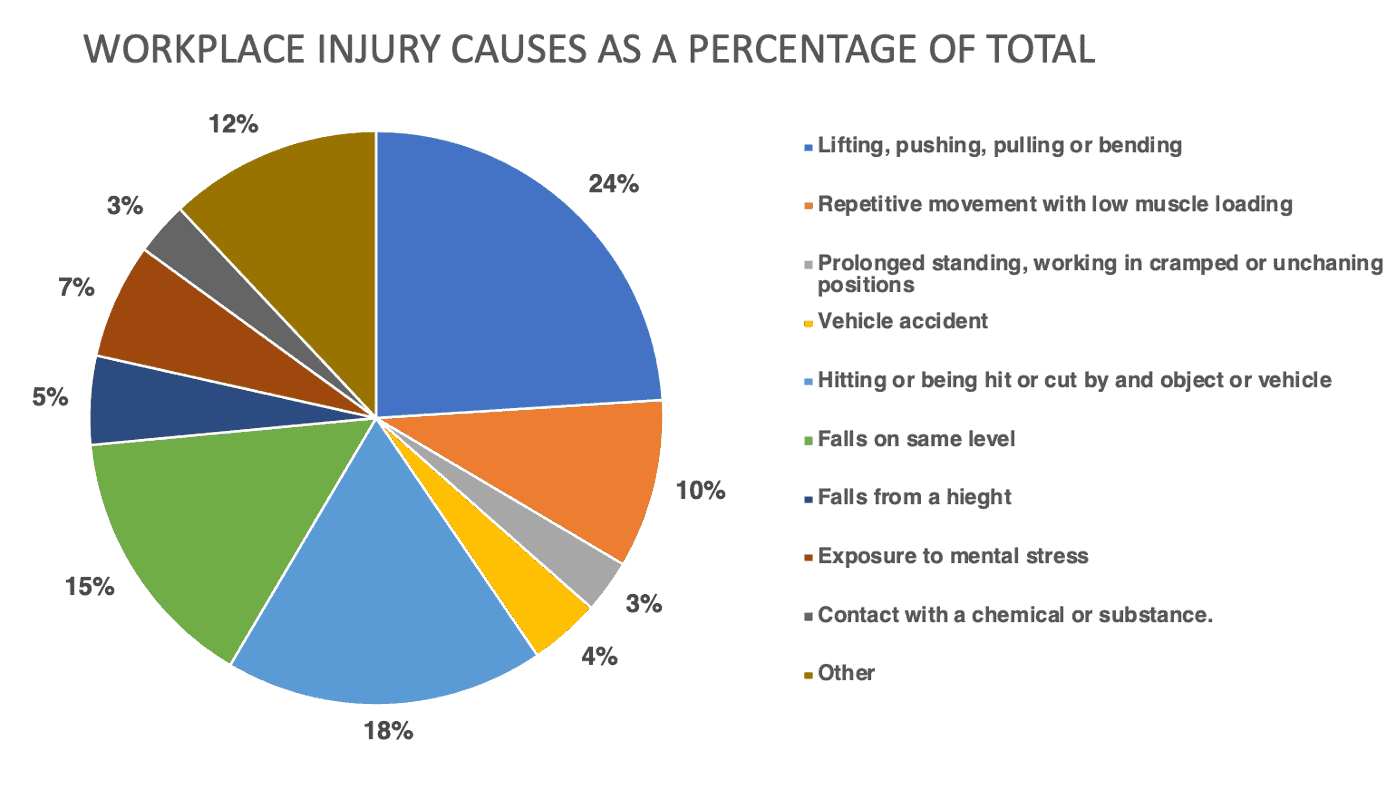
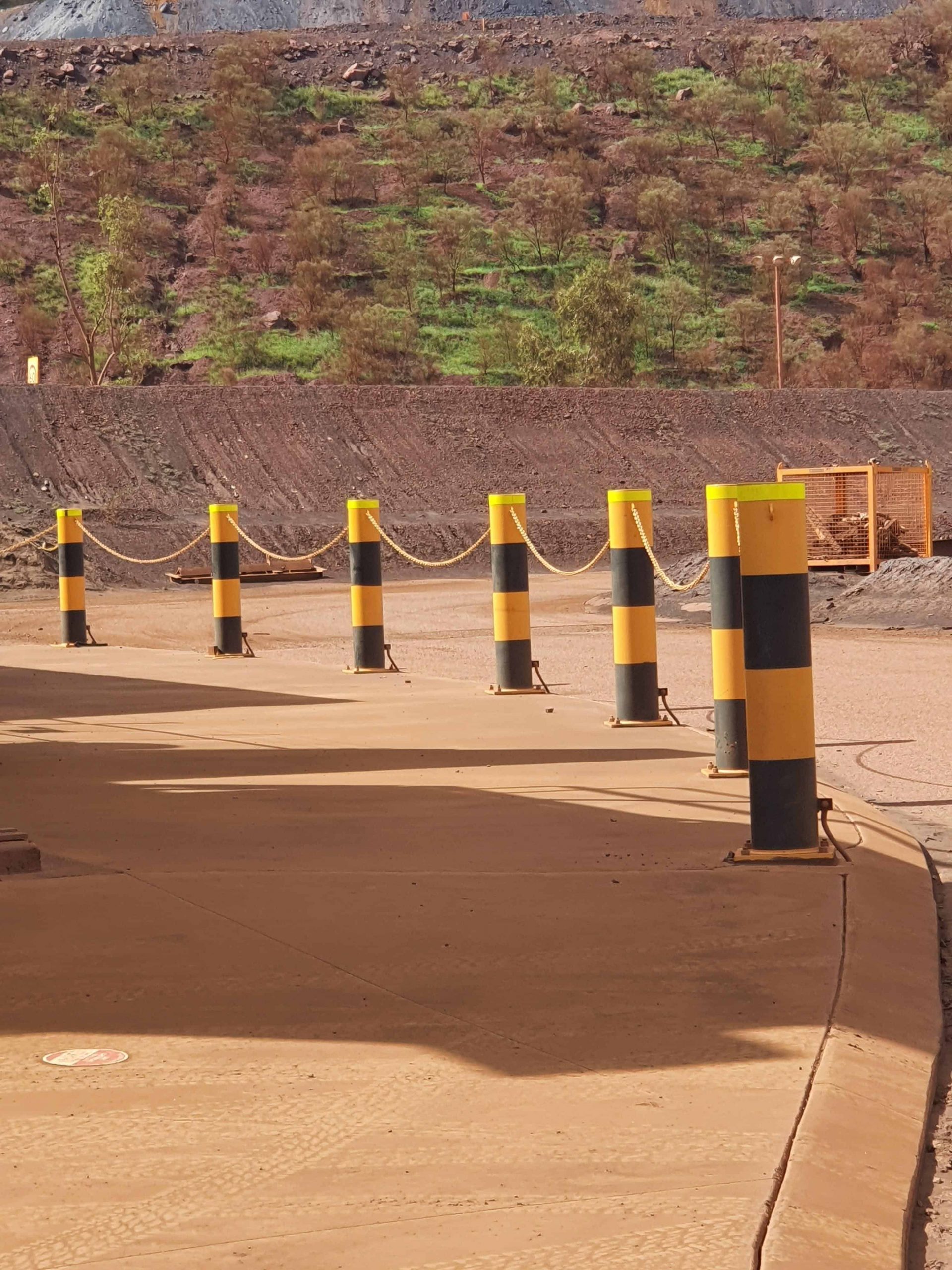
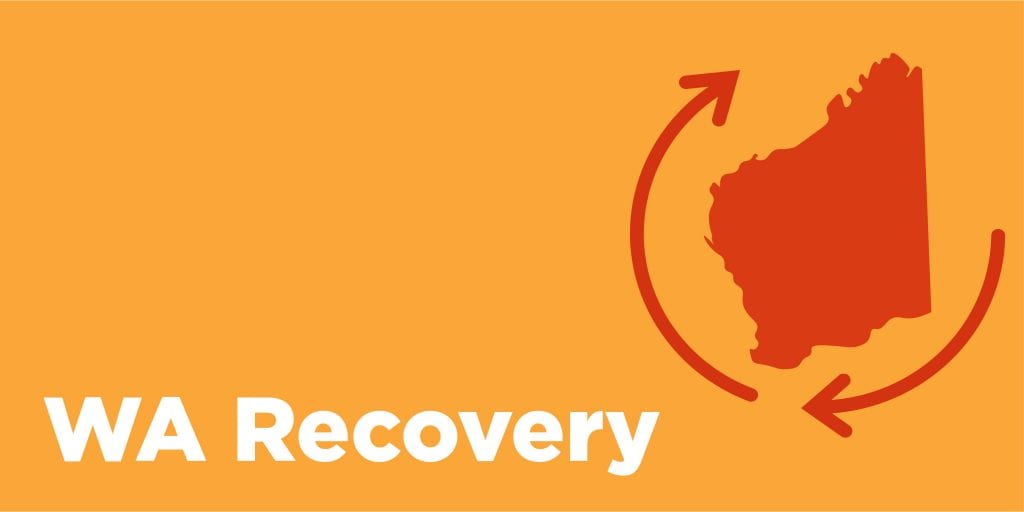
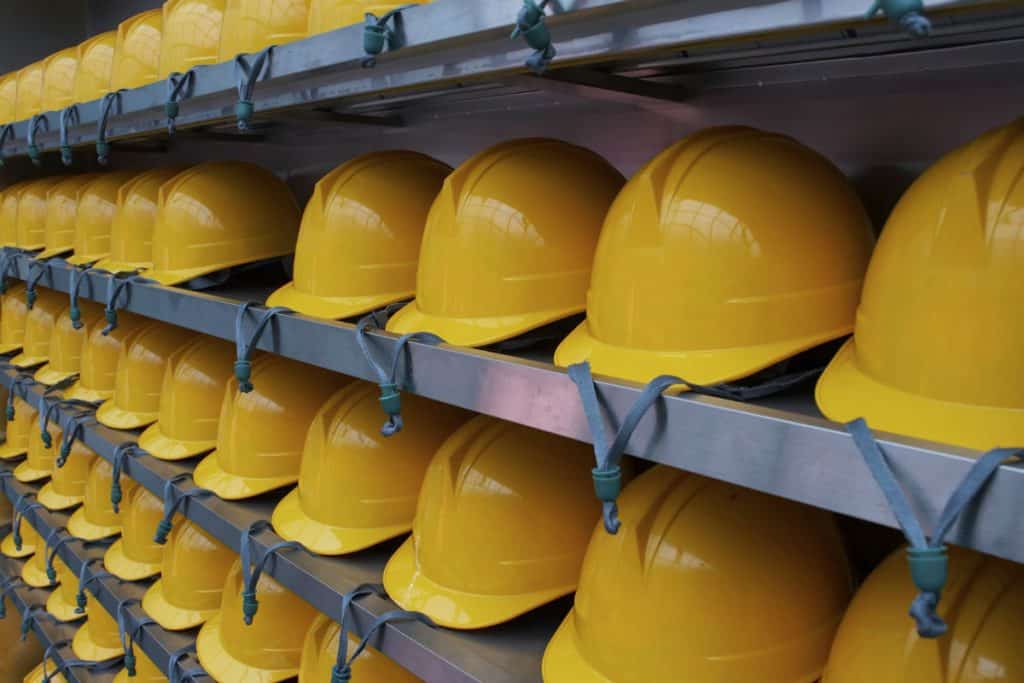
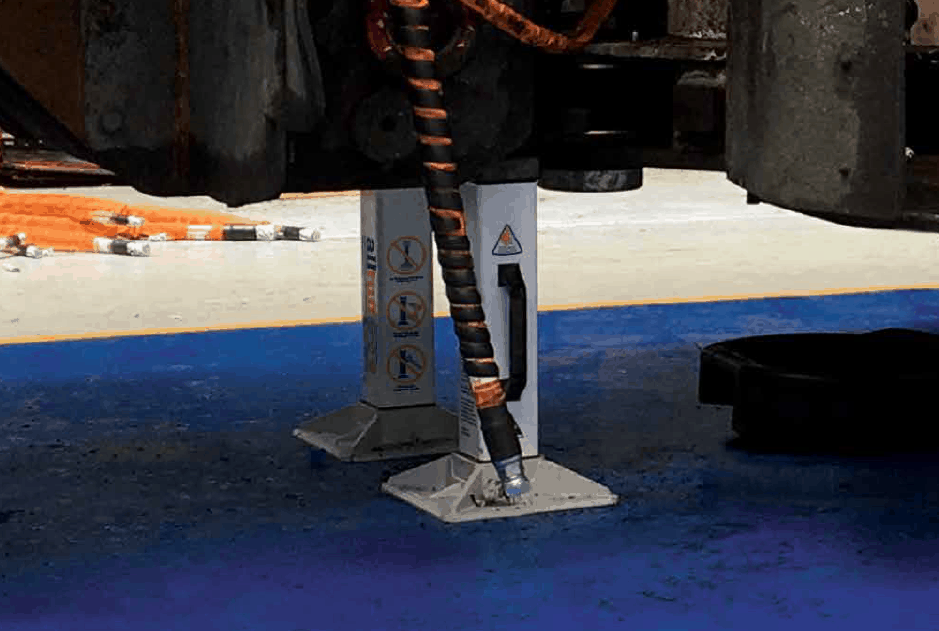
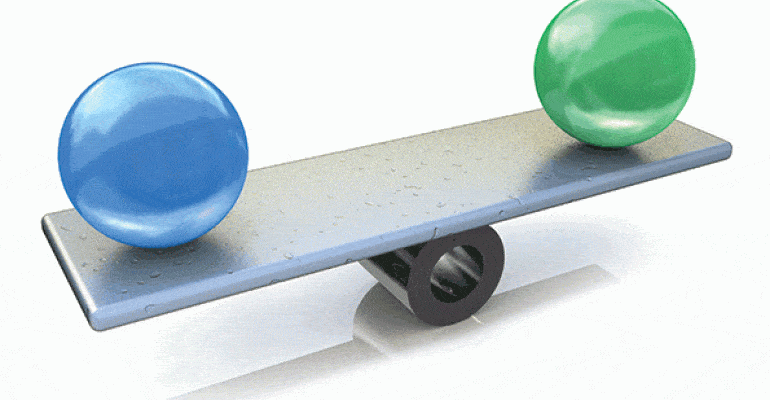
About The Author: Rhys Werndly
More posts by Rhys Werndly